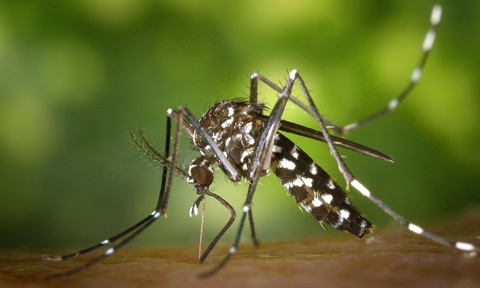Second skin: Textiles at the interface of fashion and technology
Hybridising bioart, sustainable design and advanced materials, Assoc Prof Galina Mihaleva explores new possibilities in textiles and clothing.
 Figure 1: Examples of smart textiles embedded with sensors and electronics to monitor and create awareness of the environment and wearers’ responses. From top: “Breathe” (smart fabrics changing colour based on levels of environmental air pollution); “Palpitations” (a fluttering butterfly headdress and pulsating lights reflect the wearer’s internal reactions mediated through brainwaves and pulse); “Tranquillity” (a dress that lights up with blinking patterns based on noise levels—collaboration with Samsung). Credit: Chris Loomis.
Figure 1: Examples of smart textiles embedded with sensors and electronics to monitor and create awareness of the environment and wearers’ responses. From top: “Breathe” (smart fabrics changing colour based on levels of environmental air pollution); “Palpitations” (a fluttering butterfly headdress and pulsating lights reflect the wearer’s internal reactions mediated through brainwaves and pulse); “Tranquillity” (a dress that lights up with blinking patterns based on noise levels—collaboration with Samsung). Credit: Chris Loomis.
Wearable technology is an emerging interdisciplinary field that brings together artists, designers, scientists and humanists from various fields and perspectives. Clothing acts as a textile interface and creates new possibilities for sensing, processing, performance, displaying and the merging of body and environment.
In my research at the Laboratory of Open Matters (LOOM) at NTU’s School of Art, Design and Media, I hybridise bioart, sustainable design and technology to create interdisciplinary possibilities. By exploring and developing advanced materials, I aim to extend the functionality of materials and widen their artistic and creative potential (Figure 1).
In a collaborative project with the Biodesign Institute at the Arizona State University in the US, we are using a fermentation process and symbiotic bacterial and yeast cultures to form new tactile media from cellulose fibres. The resulting leather-like material can be developed further into sensorial material by embedding conductive composites (Figure 2).

Figure 2: Kombucha biotextiles made from symbiotic cultures of bacteria and yeast are alternative sustainable materials for fashion and wearable technologies. Credit: Chris Loomis.
Weaving stories from clothing and textiles
While exploring advanced materials, I am also re-examining the role of the designer in the era of new media and researching the use of clothing and textiles as a connective tissue between heritage and future technology.
Talking Cheongsams, an exhibition I curated in collaboration with Mr Hedren Sum from the NTU Institute of Science and Technology for Humanity, creates an interface that connects the strong cultural significance and history of the iconic cheongsam with the personal experiences and stories of wearers and viewers (Figure 3).

Figure 3: “Talking Cheongsams” exhibition at the National Museum of Singapore, as part of the museum’s DigiMuse 2019 programme and Singapore Art Week 2019. Credit: Hedren Sum.
Referencing original cheongsams from museum archives, we designed more than 20 cheongsams, some of them interactive, using unconventional fabrics and threads and tea-dyed silk objects stitched on water-soluble material. As the material dissolved, only the patterns and dress forms remained. By touching conductive threads attached to two of the cheongsams worn by mannequins during the exhibition, visitors could listen to love letters dedicated to these cheongsams.
In another interactive textile landscape installation, called Pulse, audiences experienced digital interpretations of urban landscapes and interacted with colourful visualisation projections through sound and voice (Figure 4). The installation created a playful, tactile playground to explore the influence of digital technology and media in today’s world.

Figure 4: The installation, “Pulse”, was exhibited at Singapore’s Armenian Church of Saint Gregory the Illuminator as part of the Singapore Night Festival 2018 and at the National Museum of Singapore at DigiMuse 2019. Credit: Hedren Sum.
A stitch in the right direction
Moving forward, my research will continue to encompass themes such as technology, fashion and biodesign, and focus on two of NTU’s key research thrusts—Healthy Society and Sustainable Earth.
My work also aims to create awareness about specific groups of people in society, such as differently-challenged people. By developing applications, designs and platforms, I help to enable them to work with global and local professionals, models and designers.
Finally, I am working on new textile interfaces capable of embedding smart data monitoring systems and technologies, including wireless wearable sensors, data cloud and artificial intelligence capabilities. The cross-disciplinary project is funded by an NTU-awarded Accelerating Creativity and Excellence (ACE) research grant in collaboration with the Data Science & Artificial Intelligence Research Centre @ NTU (DSAIR) and the Singtel Cognitive and Artificial Intelligence Lab for Enterprises (SCALE@NTU).






.tmb-listing.jpg?Culture=en&sfvrsn=82921582_1)
.tmb-listing.jpg?Culture=en&sfvrsn=d9d3b962_1)